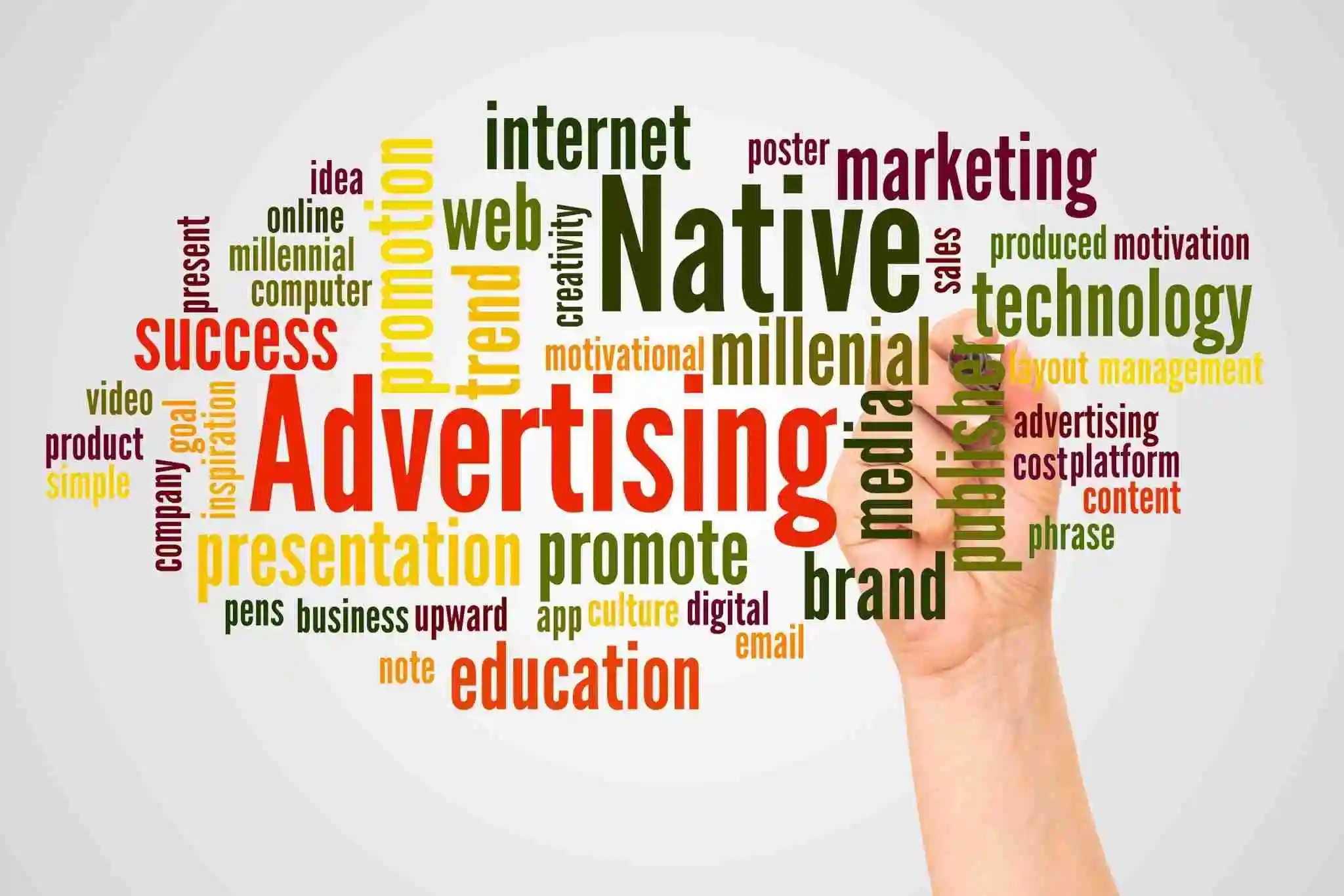Email ads are huge. Few publishers realize they can be extremely effective in their overall ad campaign. You’ve probably heard of native advertising.
Native ads are made to look like any other element on the page. They have also been proven to be created more persuasively because they look like they belong to the website. But what exactly is it native email ad, and how does it differ from a typical display ad? We’ll look at the basic steps to get started.
Table of Contents
Why Native Ads in Email?
An email newsletter is a carefully crafted piece of content. You create them for users who already trust you. Newsletters help you in building reader habits. They spend more time on your site and are more likely to subscribe to your paid memberships.
For instance, the New York Times’ newsletter readers consume 2X content as those who aren’t newsletter subscribers and are twice as likely to become paying users. In other words, your newsletter subscribers are more valuable than your other audiences, like visitors from social media and organic search. It’s imperative to deliver the best user experience to them. So, being one of the least disruptive ad formats, native ads are best suited for your email subscribers.
“If we just launched with a website, something would be missing, and that was a daily touch point with readers. We knew our greatest overall growth was going to come from the website on the back of social media, but we didn’t want to neglect email,”
– Zach Seward, Chief Product Officer and Executive Editor, Quartz
How to Get Started with Native Email Ads?
Placing native ads in your email newsletters is not rocket science. You can use Google Ad Manager to serve them like you deliver programmatic ads on your sites. Using monetization platforms can make your work even more convenient. If you want to keep it simpler, use the manual method. Let’s look at all of them.
Method #1: Native Email Ads Using Google Ad Manager
You can use Google Ad Manager to serve native ads in your emails. The process is very similar to serving ads on your site. First, you create the native ad, ad unit, order, and line item. Later you generate the tag for the ad unit and place it in your newsletter.
You can refer to our step-by-step GAM guide for an ad unit and tag generation. You can also utilize our guide for creating native ads with GAM. But, you must use simple URL tags because email inboxes are not JS environments, and most also block iframes. You’ve to use an image tag for your banner.
Serving native email ads with GAM can meet hiccups due to the non-Javascript environment. It’s better to seek help from your dev team.
Method #2: Email Monetization Service Providers
Publishers can take the help of service providers when they don’t have direct connections with advertisers. These email monetization providers can bring the demand for your email ad inventory. At the same, they’ll help you with the technical implementations. The integration process would be easy because they’ll do most of the groundwork, and you only have to place their tags into your emails.
Method #3: Manually Added Native Email Ads
The manual method is less scalable than an ad server or an email monetization platform. But you can use it when you’re managing a small operation. It can do the job while running a single campaign or cross-promoting your products. You can use HTML to create your email and the native ads within them.
UTM parameters can help you track clicks, and the number of emails opened can work as a proxy for impressions. You wouldn’t need to know HTML with email service providers like Hubspot, Mailchimp, Convertkit, etc. They’ll help you design and track your emails with much ease.
Considerations for Native Email Ads
Starting with an email campaign is easy, but minor factors can make or break it. Here are a few considerations you should make before sending your first email with native ads:
- Responsive Design: Your ads and emails should be responsive because your audiences can access them. Desktop, mobile, tablet, Android, Windows, iOS, native email apps, third-party apps, and browsers; there are hundreds of combinations to access your mail. They should function perfectly on all of them.
- Quick & Easy: It shouldn’t be difficult or time-consuming to develop your emails with native ads. It’d be convenient to have a standard HTML template. Avoid complex processes in favor of scalability.
- Industry Standards: Follow the industry standards with your ads. You might not find specific IAB guidelines for native email ads, but you can follow standards like ad size, weight, aspect ratio, etc. It’ll make your ads more effective. Also, don’t forget to label your ads for better transparency.
- Interest-based Ads: Static, direct-sold, sponsorship ads are not your only option. You serve programmatic ads based on your audiences’ interests. You can use your ad server or partner with email monetization providers.
- Optimization: Don’t take a set-it-and-forget-it approach for your email campaigns. Optimize them through experiments with placements, time, text, designs, etc.
What’s Next?
To wrap it all up, native advertising is here to stay. It’s a new paradigm in digital advertising and offers publishers the chance to serve display ads more efficiently. And while the jury is still out on its effectiveness, brands are noticing.
Some publishers in the industry are getting outstanding results from their newsletters. For instance, The New York Times used its free newsletters to gain paying subscribers. Morning Brew went from $3 million in revenue to $13 million in just one year with its quality content. It means newsletters can do wonders if you play your cards right.























